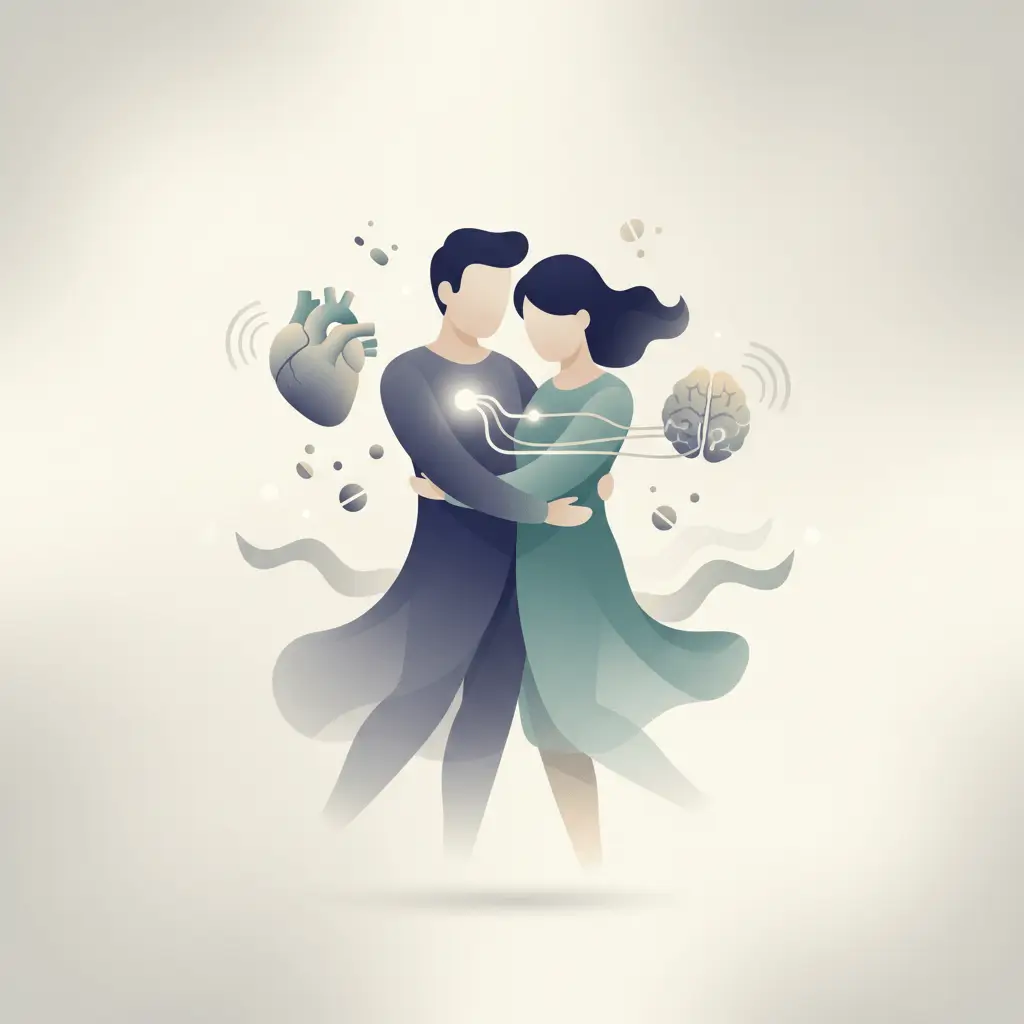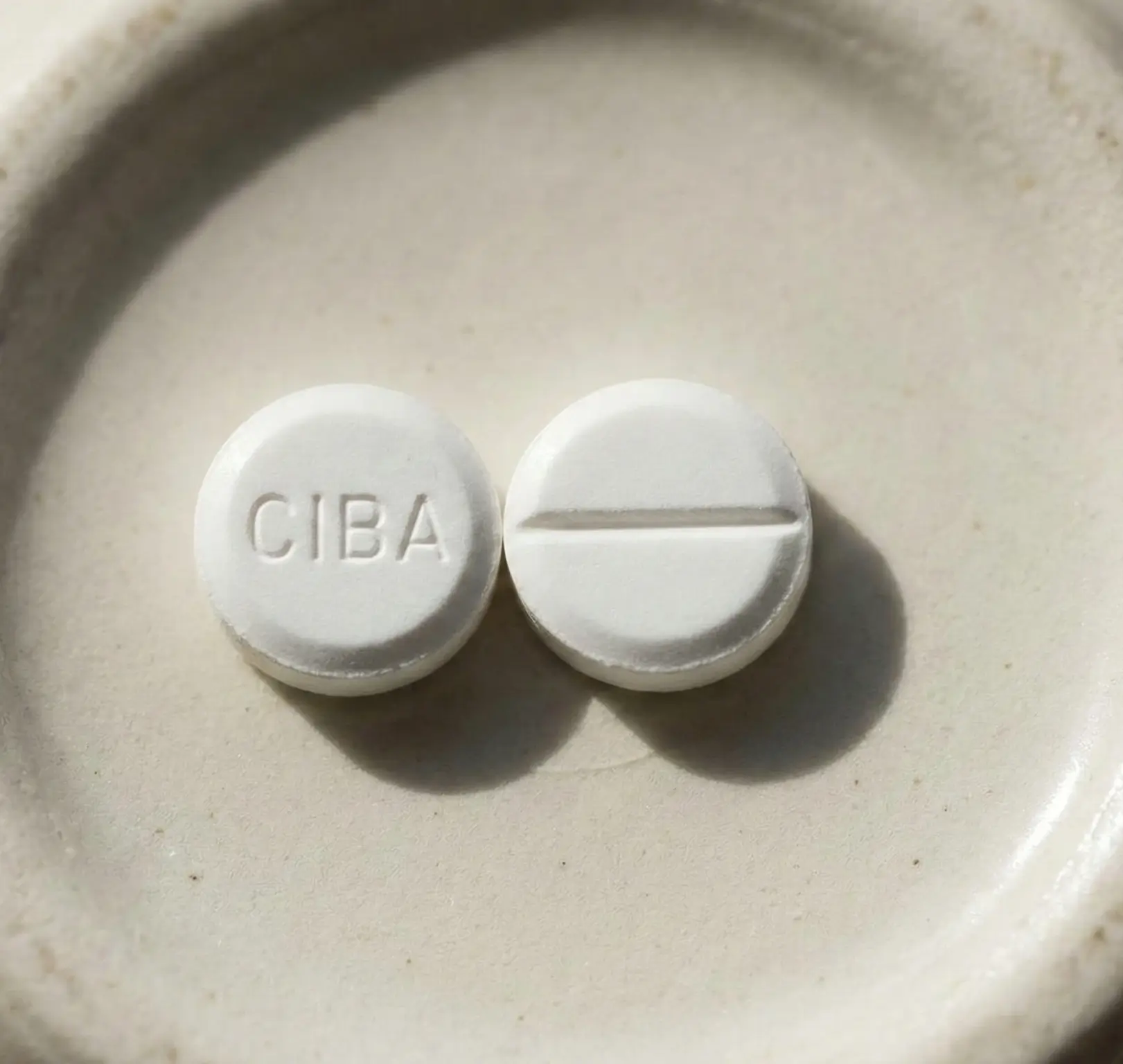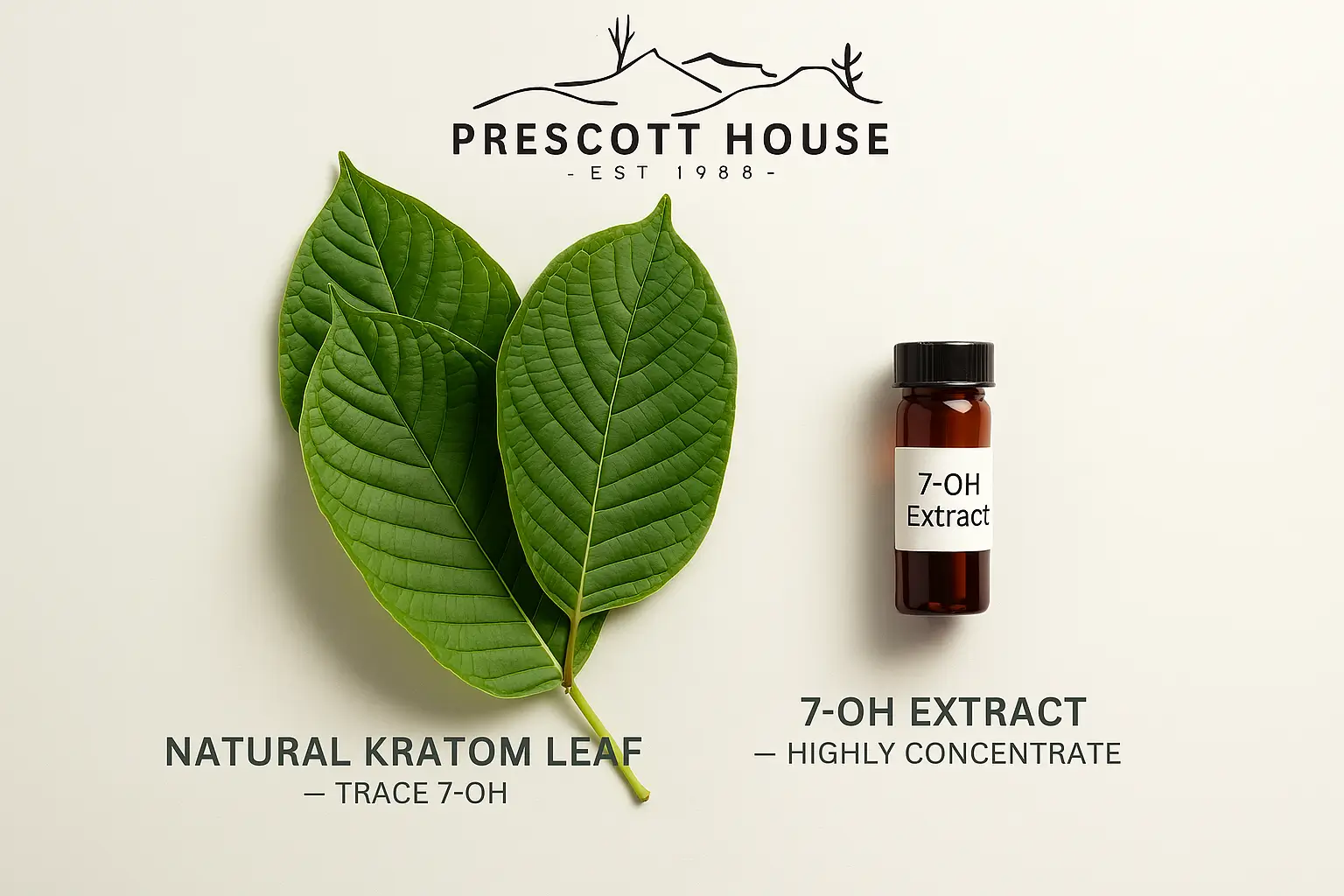Introduction: What is the "Blue Dolphin"?
The name "Blue Dolphin" might sound harmless—perhaps evoking images of playful marine mammals or a tropical cocktail. Unfortunately, this seemingly innocent label represents one of the most dangerous trends in the recreational drug market. This specific ecstasy pill has gained notoriety among harm reduction specialists, emergency room doctors, and unfortunately, too many families who have experienced its devastating effects firsthand.
The "Blue Dolphin" refers to a tablet, typically light blue in color and stamped with a distinctive dolphin logo. These pills are marketed and sold as MDMA (commonly known as ecstasy or molly). The branding creates a false sense of legitimacy—as if the cute dolphin stamp somehow guarantees quality or safety. This couldn't be further from the truth.
Here lies the core problem that keeps addiction specialists and emergency medical professionals awake at night: the contents of these pills are completely unregulated and wildly inconsistent. What you think you're purchasing as MDMA could contain astronomically high doses of the drug, or worse, be completely adulterated with substances that can kill you within hours. It's essentially pharmaceutical Russian roulette with a dolphin logo.
Unmasking the Contents: What's Really in a Blue Dolphin Pill?
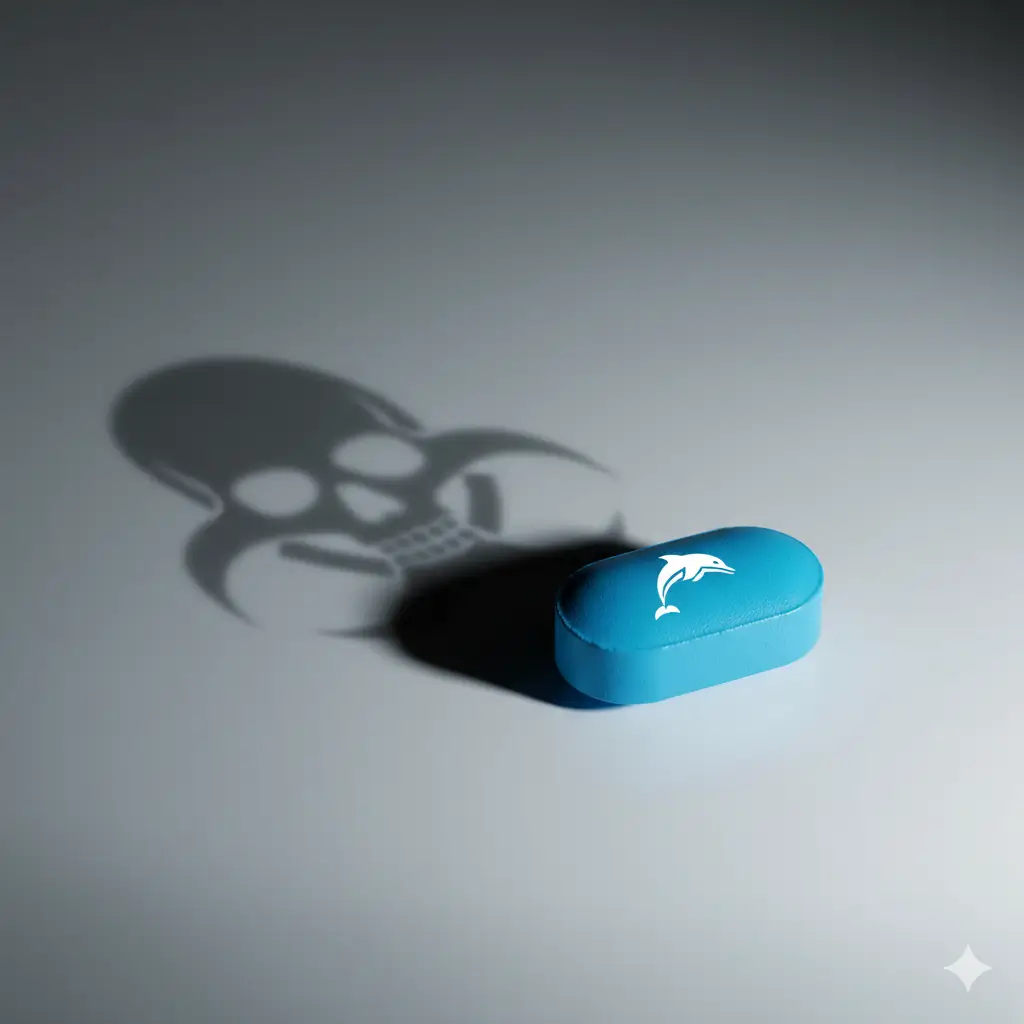
Intended Substance: MDMA
MDMA (3,4-methylenedioxymethamphetamine) is a synthetic drug that fundamentally alters both mood and perception. It functions as both a stimulant and a mild hallucinogen, creating effects that users seek: intense euphoria, boundless energy, and an overwhelming sense of empathy and connection with others. In controlled therapeutic settings, researchers have studied MDMA for its potential benefits in treating PTSD and other mental health conditions.
However, the MDMA found in street pills like the Blue Dolphin exists in an entirely different universe from pharmaceutical-grade substances used in clinical trials. Street MDMA lacks any quality control, testing, or consistency—factors that make the difference between a controlled experience and a medical emergency.
The Adulteration Roulette
Ecstasy pills, including the notorious Blue Dolphin, are frequently anything but pure MDMA. Drug manufacturers and dealers operate with one primary motivation: profit maximization. This means cutting corners wherever possible, often at the expense of user safety.
Common adulterants found in these pills include methamphetamine, ketamine, caffeine, cocaine, and synthetic cathinones (infamously known as "bath salts"). Each of these substances carries its own set of risks and can interact unpredictably with MDMA or with each other. At our treatment facility, we've worked with individuals who thought they were taking MDMA but ended up in multi-day psychotic episodes from unexpected methamphetamine content.
Even more alarming is the recent appearance of PMMA (para-methoxyamphetamine) and fentanyl in counterfeit ecstasy pills. PMMA is particularly dangerous because it produces similar initial effects to MDMA but has a much slower onset, leading users to redose thinking the pill isn't working. Fentanyl, the synthetic opioid responsible for countless overdose deaths, has been found in pills across the country, turning what users expect to be a stimulant experience into a potentially fatal respiratory depression scenario.
Inconsistent and Dangerous Dosages
Perhaps most terrifying is the complete unpredictability of dosage in Blue Dolphin pills. The amount of MDMA can vary dramatically from pill to pill, even within the same production batch. Some Blue Dolphin pills have been laboratory-tested and found to contain double or even triple the typical recreational dose of MDMA.
This dosage inconsistency significantly increases overdose risk. A person who has previously used MDMA without serious incident might take what they assume is a similar dose, only to discover they've consumed enough of the drug to cause hyperthermia, seizures, or cardiac arrest. The dolphin logo provides no quality assurance—it's simply a stamp that can be replicated by any illicit manufacturer with the right equipment.
The Physiological Impact: How Blue Dolphin Pills Affect Your Body
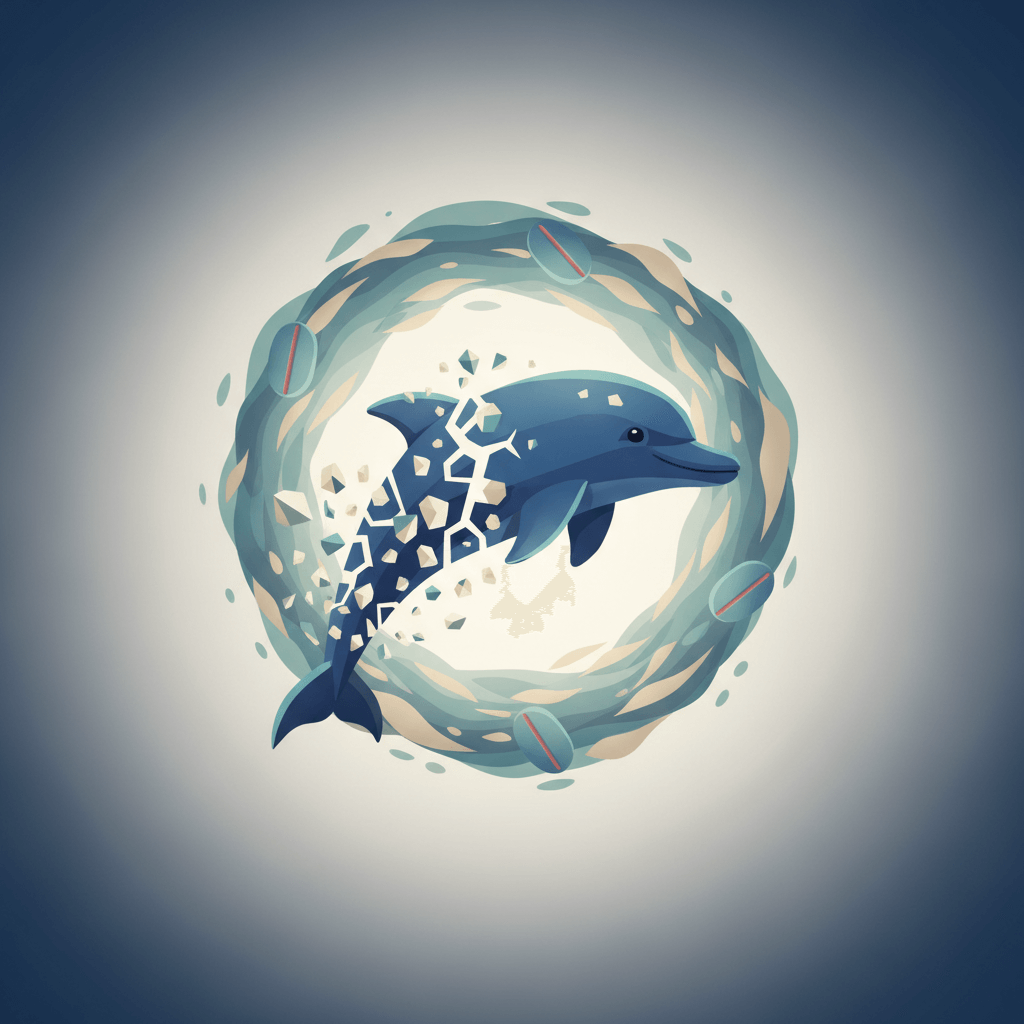
Short-Term Effects and Immediate Risks
When someone consumes a Blue Dolphin pill, the effects typically begin within 30 to 60 minutes, though this timeline can vary significantly based on the pill's actual contents and the individual's metabolism. The initial experience might feel overwhelmingly positive—users report intense euphoria, increased energy, enhanced sensory perception, and a profound sense of emotional connection to others.
However, these desired effects come alongside immediate physical risks that many users underestimate or simply don't understand. MDMA causes a dramatic increase in heart rate and blood pressure, which can be particularly dangerous for individuals with undiagnosed cardiovascular conditions. We've seen young, seemingly healthy individuals experience heart palpitations severe enough to require emergency medical intervention after consuming these pills.
Hyperthermia represents perhaps the most dangerous short-term risk. MDMA disrupts the body's ability to regulate temperature, and when combined with dancing, crowded venues, and inadequate hydration, body temperature can rise to life-threatening levels. Emergency rooms regularly treat individuals whose core body temperature has exceeded 106°F (41°C) after consuming ecstasy pills—a condition that can cause permanent organ damage or death within hours.
The unpredictable adulterants in Blue Dolphin pills create additional layers of risk. If the pill contains methamphetamine, users might experience prolonged wakefulness lasting days, potentially leading to psychosis or extreme dehydration. Ketamine content can cause dangerous dissociation and loss of motor control, making users vulnerable to accidents or assault. At Prescott House, we've worked with individuals who experienced severe anxiety attacks lasting weeks after unknowingly consuming pills adulterated with synthetic stimulants.
Neurological Consequences and Brain Chemistry Changes
MDMA's impact on brain chemistry extends far beyond the immediate experience. The drug causes a massive release of serotonin, dopamine, and norepinephrine—neurotransmitters responsible for mood regulation, pleasure sensation, and stress response. While this flood of chemicals creates the drug's sought-after effects, it also depletes the brain's natural stores of these crucial neurotransmitters.
This depletion explains the "comedown" or "crash" that follows MDMA use, typically beginning 24 to 72 hours after consumption. Users frequently experience severe depression, anxiety, irritability, and cognitive fog that can last for days or even weeks. The severity of this crash often correlates with the dose consumed—making the inconsistent dosages in Blue Dolphin pills particularly problematic.
Repeated use compounds these neurological effects. Research indicates that chronic MDMA use can lead to lasting changes in brain structure and function, particularly in areas responsible for memory, learning, and emotional regulation. Some individuals develop persistent depression, anxiety disorders, or cognitive impairments that require professional treatment to address.
Real-World Consequences: Emergency Room Reports and Overdose Data
Emergency Department Patterns
Emergency departments across the country have documented alarming patterns related to Blue Dolphin pills and similar branded ecstasy tablets. Medical professionals report that patients presenting with MDMA-related complications often display symptoms that don't match typical MDMA intoxication patterns, suggesting significant adulteration or extremely high doses.
Common emergency presentations include severe hyperthermia requiring ice baths and active cooling measures, cardiac arrhythmias requiring immediate intervention, and prolonged psychotic episodes lasting days beyond typical MDMA effects. Perhaps most concerning is the increasing number of patients arriving unconscious or in respiratory distress—symptoms more consistent with opioid overdose than stimulant intoxication, suggesting fentanyl contamination.
Dr. Sarah Mitchell, an emergency physician we've collaborated with, describes Blue Dolphin cases as particularly challenging because medical staff must treat unknown substances with unpredictable interactions. "We might start treating what appears to be a stimulant overdose, only to discover the patient is also experiencing opioid depression. It's like solving a medical puzzle while someone's life hangs in the balance."
Statistical Trends and Geographic Patterns
Drug enforcement agencies and poison control centers have tracked Blue Dolphin pills across multiple states, with concentrations appearing highest in areas with active nightclub and festival scenes. The pills seem to appear in waves—flooding local markets for several weeks before disappearing, only to resurface months later with potentially different formulations despite identical branding.
Overdose data reveals that Blue Dolphin-related incidents cluster around weekends and coincide with large social events, music festivals, and college gatherings. This pattern suggests that many users are recreational consumers who may lack experience with MDMA's effects or may not recognize the signs of dangerous adulteration.
Age demographics show that the majority of Blue Dolphin users fall between 18 and 25 years old—a population that may feel invincible but often lacks the life experience to recognize serious medical emergencies. This demographic also frequently delays seeking medical attention due to legal concerns or fear of parental involvement, potentially turning manageable situations into life-threatening crises.
Conclusion: Your Life is Worth More Than Any High
The Blue Dolphin pill represents everything dangerous about today's unregulated drug market wrapped in deceptively innocent packaging. What we've explored throughout this article should serve as a stark reminder that no logo, brand, or street reputation can guarantee your safety when it comes to illicit substances. These pills are pharmaceutical wildcards—you never know if you're consuming a manageable dose of MDMA, a potentially lethal cocktail of unknown substances, or something that will land you in an emergency room fighting for your life.
The key takeaways are clear and non-negotiable: Blue Dolphin pills contain unpredictable and often dangerous combinations of substances, their dosages vary wildly even within the same batch, and they've been directly linked to hospitalizations and deaths across the country. The cute dolphin stamp provides no quality assurance—it's simply marketing for a product that could kill you.
What strikes us most profoundly at Prescott House is how many of the individuals we work with never intended to develop a substance use problem. They started with what they thought was recreational use, often with pills just like these, and found themselves caught in cycles they couldn't escape. The neurological damage from repeated MDMA use, the psychological dependence that develops, and the increasing tolerance that drives people toward more dangerous substances—these aren't abstract concepts. They're the lived experiences of real people who thought they were just having fun on a weekend night.
But here's what we want you to remember above everything else: if you're struggling with substance use, if you've had a frightening experience with Blue Dolphin pills or any other drug, or if you're concerned about someone you love, you are not alone and you are not beyond help. Recovery is not just possible—it's happening every day for people who thought they were too far gone.
At Prescott House, we've witnessed countless individuals reclaim their lives from substance use disorders. We've seen people who arrived at our doors broken and hopeless leave with the tools, support, and confidence they needed to build meaningful, fulfilling lives in recovery. Your past decisions don't define your future possibilities, and seeking help isn't a sign of weakness—it's one of the bravest things you can do.
If you or someone you care about needs support, please don't wait for rock bottom or for the "perfect" moment to seek help. Rock bottom is wherever you stop digging, and today can be that day. Our compassionate, experienced team at Prescott House understands addiction as the complex medical condition it is, not a moral failing, and we're here to walk alongside you on your journey toward recovery.
Your life has immeasurable value, and no temporary high—no matter how appealing it might seem in the moment—is worth risking that precious gift. You deserve safety, health, genuine happiness, and authentic connections that don't require substances to maintain. Recovery can give you all of these things and so much more.
References
- Effective Blue Dolphin Pills Addiction Treatment - We Level Up
- What Is Blue Dolphin? - Promises Behavioral Health
- Warning: High-dose MDMA tablets (ecstasy) circulating in NSW - NSW Health
- MDMA: Effects and health risks - Medical News Today
- Ecstasy / MDMA | Grant County, WA
- Drug addiction: getting help - NHS
Related MDMA & Ecstasy Articles
- What Is Ecstasy Made From? — Explore how ecstasy (MDMA) is synthesized, what street pills may actually contain, and why purity is unpredictable.
- Blue Dolphin MDMA: The Hidden Dangers of This Ecstasy Pill — A detailed look at a specific illicit ecstasy pill brand, its risks, adulterants, and overdose potential.
- Molly: What We Can Learn from the Wesleyan 12 — Examines a real incident of Molly use, the risks of adulteration and how that informs safe-use & treatment conversations.
- What Are Party Drugs? — Broad overview of “party drugs” including MDMA, how they're used socially, and what the risks and trends are.
- Substance Abuse Treatment - If you or someone close to you is struggling with a crippling addiction to Blue Dolphin ectasy we are here to help.
At Prescott House, Recovery Becomes Reality
MDMA and Ecstasy use can quickly spiral from experimentation into dependence, anxiety, relationship problems, and dangerous patterns of substance misuse. At Prescott House in Prescott, Arizona, we help men rebuild their lives through long-term, evidence-based treatment that addresses both substance use and co-occurring mental health issues.
Explore Our Specialized Programs:
- Long-Term Addiction Treatment for Men — Structured healing, accountability, and extended care designed for lasting recovery.
- Substance Abuse Treatment — Comprehensive care for alcohol and drug dependence, including stimulant and club-drug misuse.
- Gambling Addiction Treatment — Support for men struggling with compulsive gambling and related behaviors.
- Sex & Process Addiction Programs — Compassionate treatment for compulsive behaviors, sexual addiction, and pornography addiction.
- Dual Diagnosis Treatment — Integrated care for co-occurring mental health and substance use disorders.
👉 Learn more about our programs →


